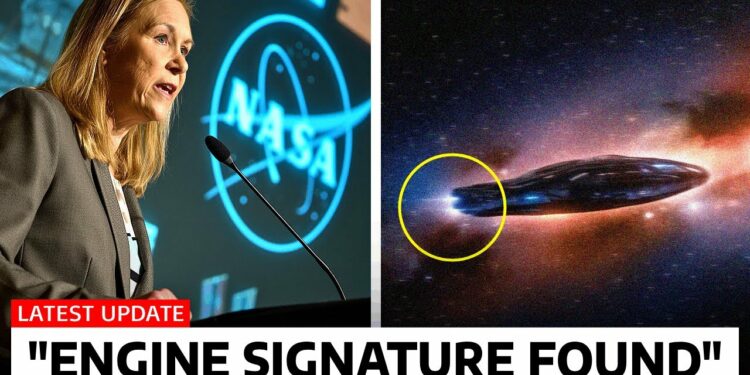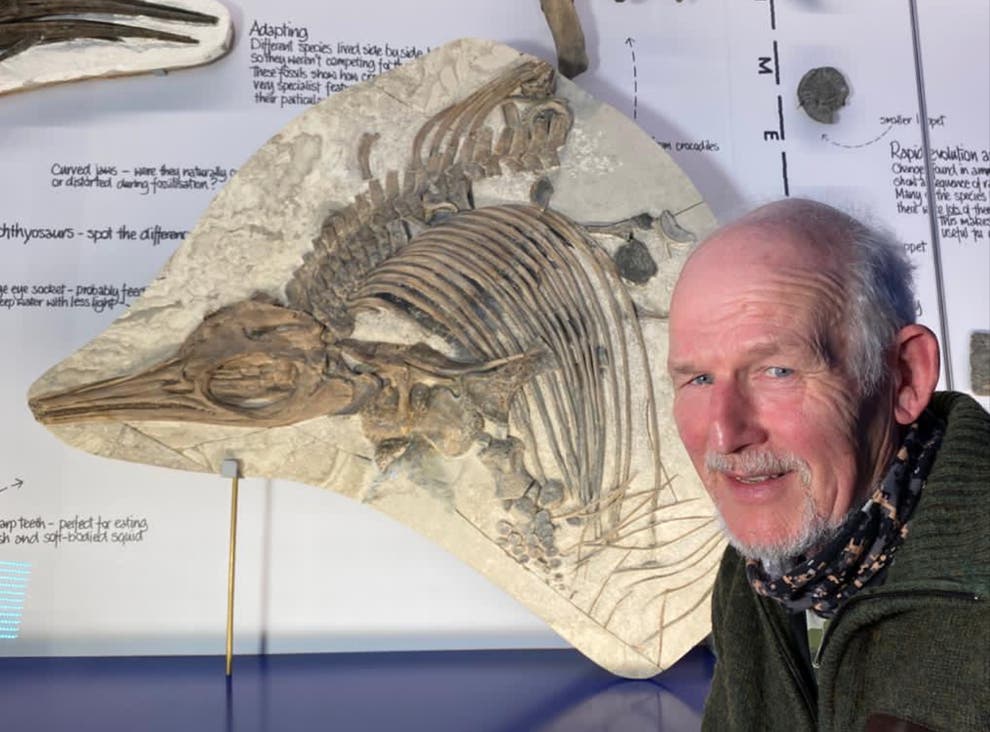In a stunning reversal that has rocked the scientific community, NASA has quietly admitted that the mysterious comet tail surrounding the object known as 3I Atlas may not be the result of natural gas and ice evaporation. Instead, the ethereal glow displays properties consistent with controlled thrust mechanisms. This Manhattan-sized object, already traveling at astonishing speeds through our solar system, might be employing advanced propulsion technology disguised as typical comet behavior. If confirmed, this could mark humanity’s first verified encounter with extraterrestrial engineering, leaving us clueless about its intentions.
This enormous celestial body, dubbed 3I Atlas, has been clocked at velocities exceeding 130,000 mph as it traverses our solar system. Such speed would allow it to travel from New York to Los Angeles in roughly one minute if one could somehow hitch a ride. Yet, its velocity is just one of many enigmatic and potentially alarming characteristics. Within 24 hours of its detection, NASA experts confirmed what many researchers suspected but hesitated to voice publicly: 3I Atlas originated from far beyond our solar system’s boundaries, crossing the vast interstellar void where no human spacecraft has ventured. Its tremendous speed suggests it will eventually escape the sun’s gravitational pull and return to interstellar space unless some mechanism intentionally slows it down.
What makes this object truly unsettling is its scale. Unlike typical comets—small fragments of ice and rock—3I Atlas is estimated to be 6 to 9 miles in diameter, comparable to Manhattan Island. Imagine looking up to see an entire metropolitan area hurtling through the sky at unimaginable speeds. Harvard professor Avi Loeb, after analyzing the data, reached a conclusion that sent shockwaves through the scientific community: 3I Atlas may not be a natural celestial body but could instead be evidence of technology crafted by an extraterrestrial civilization. If Loeb is correct, humanity is facing its first confirmed contact with an intelligence from another star system, with no clue whether its intentions are friendly or hostile.
The sheer size of 3I Atlas defies expectations. Compared to ‘Oumuamua, the interstellar object that passed through our solar system eight years ago and measured roughly the length of a football field (330–380 feet), 3I Atlas is like a skyscraper next to a pebble. Natural processes can produce large objects, but propelling something the size of a small city across interstellar distances while maintaining structural integrity over millennia requires forces rarely seen in nature. Most interstellar debris is far smaller, typically hundreds of feet, not miles, in diameter. At 130,000 mph, 3I Atlas outpaces humanity’s fastest spacecraft, Voyager 1, which travels at about 38,000 mph. The physics needed to accelerate such a massive object to these speeds are staggering, and natural explanations, like gravitational slingshots from stars or black holes, seem statistically improbable.
Even more intriguing is its trajectory. Unlike the random paths of most natural objects, 3I Atlas follows an almost perfectly calculated route, visiting major planets in an efficient sequence. It will pass Mars on October 2 at 17.5 million miles, Earth on December 19 at 167 million miles, Venus at 60 million miles, and Jupiter at 33 million miles. The odds of such a precise trajectory occurring by chance are less than 0.005%, or 1 in 20,000, suggesting either an extraordinary cosmic fluke or deliberate planning by an intelligence capable of interstellar navigation. Suspiciously, its closest approach to Earth occurs when it’s on the opposite side of the sun, making detailed observation from Earth nearly impossible—a pattern consistent with reconnaissance designed to avoid detection.
Professor Loeb, a respected astronomer with decades of experience, argues that 3I Atlas’s size, speed, and trajectory point to an artificial origin. He suggests it could be a reconnaissance probe sent to study our solar system’s planets while evading scrutiny. Loeb even posits that it might not leave but instead use advanced propulsion to enter a stable orbit near Jupiter for long-term observation of humanity. Such a mission, launched around 8,000 years ago when humans were developing agriculture and writing, raises questions about whether our technological progress triggered this visit.
This hypothesis aligns with the chilling “dark forest” theory, which likens the universe to a dangerous forest where civilizations stay silent to avoid detection by potentially hostile entities. If 3I Atlas is a spacecraft, its creators may operate under such principles, possessing technology far beyond ours—potentially including weapons capable of wiping out entire worlds. The timing of its journey, coinciding with humanity’s societal advancements 8,000 years ago, fuels speculation that our progress may have attracted attention.
The object’s similarities to ‘Oumuamua, which also defied expectations with its lack of a comet tail and unexplained acceleration, suggest a possible connection. ‘Oumuamua, small and agile, could have been an initial scout, while 3I Atlas, vastly larger, might be a follow-up mission for detailed study. The eight-year gap between their appearances could reflect the time needed to analyze data from the first probe and dispatch a more advanced one.
However, not all scientists agree with Loeb. High-resolution images show 3I Atlas developing a faint comet-like tail, suggesting it may be a natural object after all. Its brightness, consistent with reflective ice, further supports this view. Critics argue that its trajectory, while unusual, doesn’t justify claims of alien technology, and its 167-million-mile distance from Earth seems inefficient for reconnaissance. Alternative theories propose it could be a fragment of a larger body disrupted by a cosmic collision or gravitational forces.
Regardless of its nature, 3I Atlas is a historic milestone. As only the third confirmed interstellar object (denoted by the “I” in its name), it offers a rare chance to study material from another star system. Unlike ‘Oumuamua, which was too small and fast-moving for detailed study, or the more typical comet 2I/Borisov, 3I Atlas’s size and prolonged visibility provide unprecedented research opportunities.
Spurred by ‘Oumuamua’s fleeting visit, scientists are developing ambitious missions like Project Lyra and the European Space Agency’s Comet Interceptor to intercept future interstellar objects. These projects aim to overcome the immense challenges of chasing objects traveling at such speeds, using gravitational assists from planets or strategic positioning in space to enable close-up study.
Whether 3I Atlas is a natural phenomenon or an alien probe, its discovery underscores humanity’s growing ability to probe the cosmos—and the profound questions we face about our place in it.






















